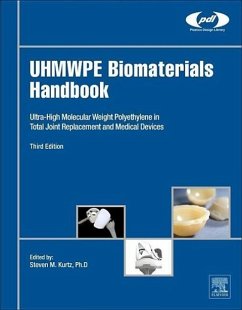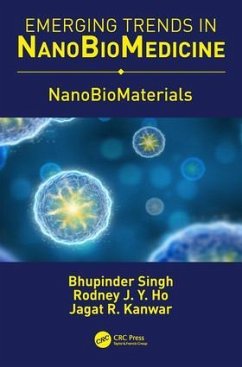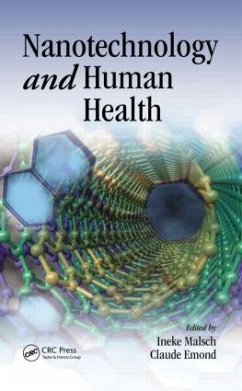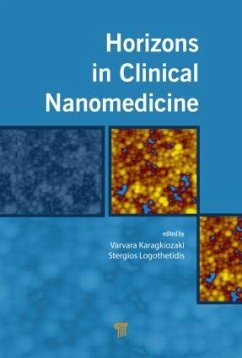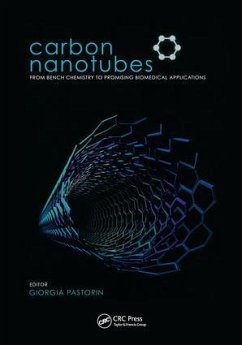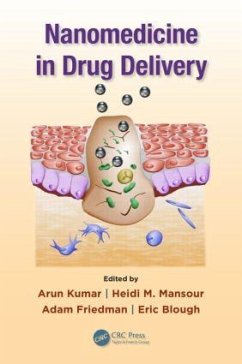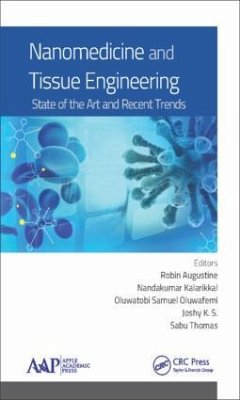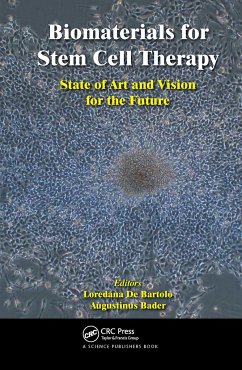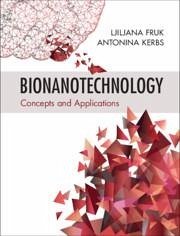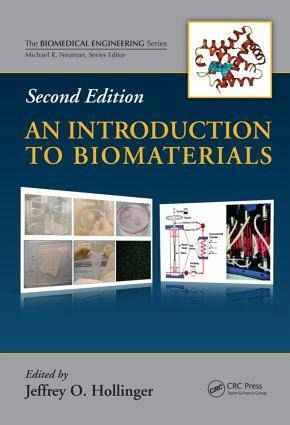
An Introduction to Biomaterials
Versandkostenfrei!
Versandfertig in über 4 Wochen
187,99 €
inkl. MwSt.
Weitere Ausgaben:

PAYBACK Punkte
94 °P sammeln!
"The Second Edition of the Biomaterials textbook consists of 32 chapters that have been conceived and organized as a practical educational roadmap to provide a fundamental understanding of key families of biomaterials and underscore their potential applications in clinical therapeutics. The 32 chapters are organized in 4 sections: Section 1: Biology, Biomechanics, Biomaterials Interactions Section 2: Biomaterials Testing, Statistics, Regulatory Considerations, Intellectual Property Section 3: Biomaterials Compositions Section 4: Biomaterials Applications"--




